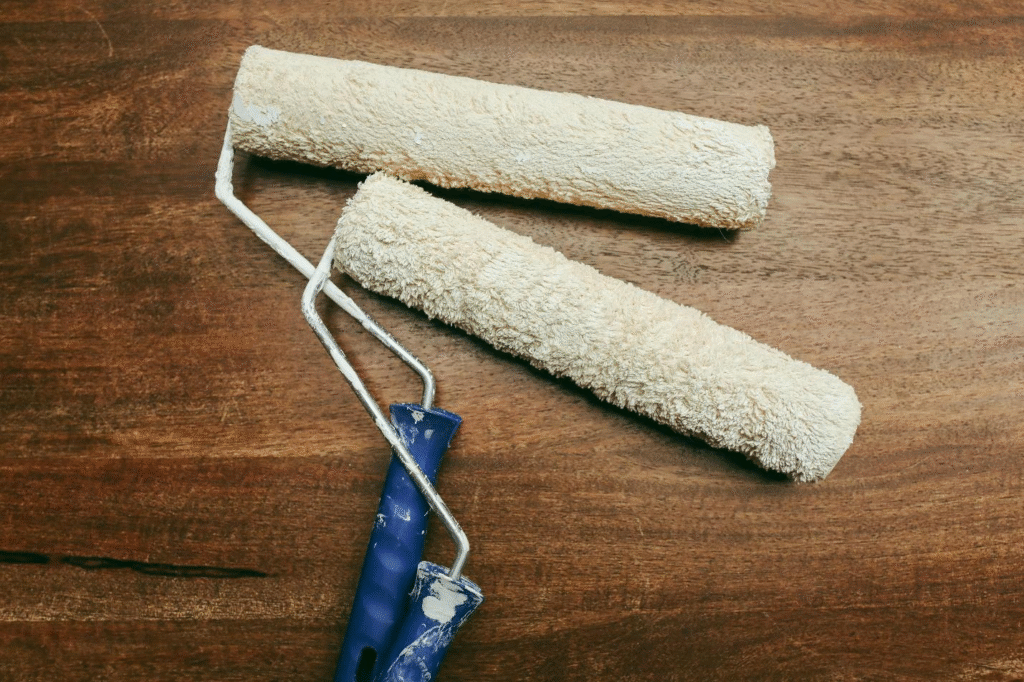
A commercial property’s pavement is not just a driving surface, it’s part of the customer experience and it serves as a first line of defense safety system. By completing a scheduled inspection, it can help uncover small defect(s) early, make the best of the budget(s), and keep your businesses compliant with surface maintenance.
Annual Inspection Checklist
Once a year, ideally after winter and before the peak of traffic, conduct a walkthrough so the teams can identify small problems while they are small. The objective is to document condition, create a priority list of repairs; and to schedule work before small defects can become potential safety hazards. This is typically tied to seasonal activities of sweeping or pressure washing, so the surface is clear, and obligations can be met.
- Look for hairline or block cracking; crack sealing should ideally be scheduled before water intrusion causes additional cracking.
- Look for potholes (click this to learn more), raveling, and edge failures, possible base failure, patch or mill.
- Look for drainage grates, curb cuts, low spots for standing water after periods of heavy rain.
- Look for surface oil and chemical stains; will oxidize and aggravate and fatigue asphalt paving at a quicker pace.
- Look for traffic marking and striping in the parking lot; clear visibility for ADA stalls and fire lanes.
- Look at concrete curb & gutter, wheel stops and sidewalks; potential for spalling or trip hazards are present.
- Look at joints at utility cuts and transition joints at asphalt and concrete repair areas.
- Document conditions with photographs, and refresh basic maps for tracking issues from year to year.
Identifying Hidden Issues
Not everything will typically be seen and sometimes the issues arise from beneath the upper surface. Fatigue cracking can come from movement in the subgrade, poor compaction, or clogged underdrains, and may only reveal itself after periods of heavy rain or hot spells.
Moisture is the biggest challenge. If hairline cracks are left unsealed long enough, they will allow water to reach the base course and begin to weaken the support, leading to failures. Water and exposure to UV will oxidize the binder, which dries the binder and leads to raveling. Ending this cycle with a sealcoating cycle stops or slows the cycle and extends the timeline between major repairs.
If you have questions regarding what is happening below the surface, a core sample or an infrared scan will help clarify what has happened beneath the surface. If the patching scenario is a local problem, full-depth patching or partial-depth milling will allow repairing the structure while not resurfacing the entire lot. If the problems are regional, overlays and partial reconstruction will be more cost-effective than patching scenarios repeatedly.
For local guidance, many owners consult paving contractor Nashville to benchmark repair options and schedules:
Preventing Liability Problems

Liability usually begins with small surface defects and vague markings on site. By proactively inspecting a paved property owner can lessen the liability to your organization by fixing trip hazards and maintaining the flow of pedestrian and vehicle traffic safely. Proactive inspections also assist with maintaining ADA (Americans with Disabilities Act) accessibility, fire department requirements and insurer recommendations. Check https://www.access-board.gov/ada/ for more details.
- Eliminate differential settlement and heaved slabs which have resulted in >¼-inch trip edges in sidewalks and crosswalks.
- Maintain fresh and crisp parking lot striping and clear signage and marking provide drivers and pedestrians with sight lines and clarity to lanes, crosswalks, and accessible routes.
- Correct ponding water which contributes to algae growth, creates slip potential, and winter icing.
- Repair utility cuts that crater an area in front of wheels or cause a sinkhole with a catch basin that also captures wheels and causes tire damage.
- Refresh stalls for accessible parking, restore access aisles and restore curb ramps to assist and provide claims reduction associated with ADA compliance.
- Maintain surfaces free of gravel and raveling that lengthen stopping distances and create fender-benders.
Budgeting for Maintenance
Inspections make budgeting predictable. If budgets are rated “now,” “next budget cycle,” and “monitor,” management avoided the surprises of having to put it all in one budget. Bundling small projects (crack sealing, selective patching, sealcoating) typically lowers outreach unit costs and eliminates downtime.
As a guideline, crack sealing is the least expensive and most effective action to take early. Sealcoating every two to three years in consideration of traffic and climate slows the oxidation process and gives the lot a professional appearance. When patches are 25–30% on a unit, an overlay would likely be a more effective lifecycle approach. Products have to be delivered or received, and asphalt paving can often be coordinated with concrete work (curb and gutter rehabilitation) saving mobilization costs and preventing elevations from being mismatched later.
Clearly defined scopes and photos allow vendors to compare prices apples-to-apples. Owners can request line-item options for crack sealing (patch counts), sealcoating, and striping giving managers the ability to phase out work without losing momentum.
Long-Term Property Value
Pavement that is consistently maintained will result in higher occupancy, better brand perception, and lower overall cost of ownership. Buyers and lenders paying attention to small details will notice clean and safe lots and organized traffic flow with clear markings.
Maintaining pavement that drains, supports delivery traffic, and moves pedestrians safely negates friction for day-to-day operations. Improved and consistent maintenance protects the base and can prolong repair and delay costly reconstruction:
- Pavement in good repair can eliminate the need for signage and increase control of traffic.
- Page markings and also signage to increase way-finding and minimize accidents will increase tenant retention.
- Donating maintenance and inspection history will assure serious buyers and add confidence to the underwriting process.
- Using phased overlays and targeted patches can maintain curb appeal until larger capital events are required.
Conclusion
Ongoing inspection will convert your reactive code fixes into planned investments. With regular inspections and targeted repairs, as well as appropriate professional services (crack sealing, sealcoating, overlays, and re-striping) commercial properties will be safer, more appealing to shoppers, and represent a lower total cost of ownership. Working with qualified contractors and scheduling work for off-peak hours allows for businesses to remain open while pavement also receives attention.



